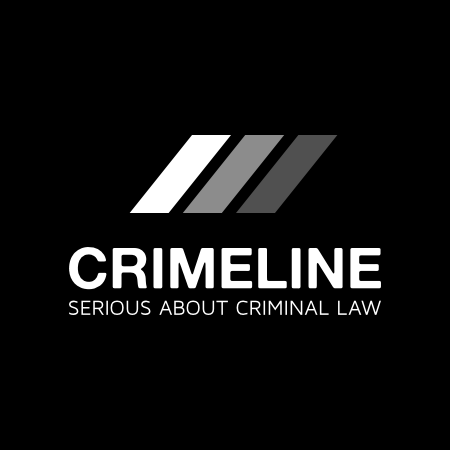Legislation – Illegal Migration Act 2023
Duty to make arrangements for removal
8Further provisions about removal
(1)
This section applies where—
(a)
(2)
P may not be removed from the United Kingdom unless—
(a)
the Secretary of State or an immigration officer has given a notice in writing to P stating—
(i)
that P is to be removed, and
(ii)
the country or territory to which P is to be removed, and
(b)
the condition in subsection (3) is met.
(3)
The condition in this subsection is that—
(a)
the claim period for any suspensive claim that may be made by P has expired, or
(b)
P has notified the Secretary of State (orally or in writing) that P does not intend to make a suspensive claim.
(4)
(5)
But where P has been removed from the United Kingdom under this Act following such a notification, P may not make a suspensive claim (regardless of whether the claim period has expired).
(6)
(a)
contain details of any right P has to make a suspensive claim under this Act, and
(b)
set out the claim period for any such suspensive claim.
(7)
In this section—
“claim period”—
(a)
“suspensive claim” has the meaning given by section 38 (suspensive claims: interpretation).
(8)
Subject to section 6 (removal for the purposes of section 2 or 4), the Secretary of State or an immigration officer may give directions to the owners or agents of a ship, aircraft, train or vehicle requiring them to make arrangements for P’s removal from the United Kingdom in any ship, aircraft, train or vehicle specified or indicated in the direction to a country or territory so specified.
(9)
Where the Secretary of State or an immigration officer may give directions for P’s removal in accordance with subsection (8) the Secretary of State or an immigration officer may instead give directions for P’s removal in accordance with arrangements to be made by the Secretary of State or an immigration officer to any country or territory to which P could be removed under subsection (8).
(10)
The costs of complying with any directions given under this section must be defrayed by the Secretary of State.
(11)
P may be placed, under the authority of an immigration officer or the Secretary of State, on board any ship, aircraft, train or vehicle in which P is to be removed in accordance with directions under this section.
(12)
Where subsection (11) applies, the captain of the ship or aircraft, the train manager of the train or the driver of the vehicle—
(a)
must, if so required by an immigration officer or the Secretary of State, prevent P from disembarking in the United Kingdom or before the directions for P’s removal have been fulfilled, and
(b)
may for that purpose detain P in custody on board the ship, aircraft, train or vehicle.
(13)
(14)
(15)
In this section a reference to an “owner” of a ship, aircraft, train or vehicle includes a reference to any person who jointly owns it.
(16)
Where—
(a)
P is to be removed to a country or territory, and
(b)
only part of that country or territory is listed in Schedule 1,
references in this section to the country or territory are to that part.
(17)
In this Act “immigration officer” means a person appointed by the Secretary of State as an immigration officer under paragraph 1 of Schedule 2 to the Immigration Act 1971.
